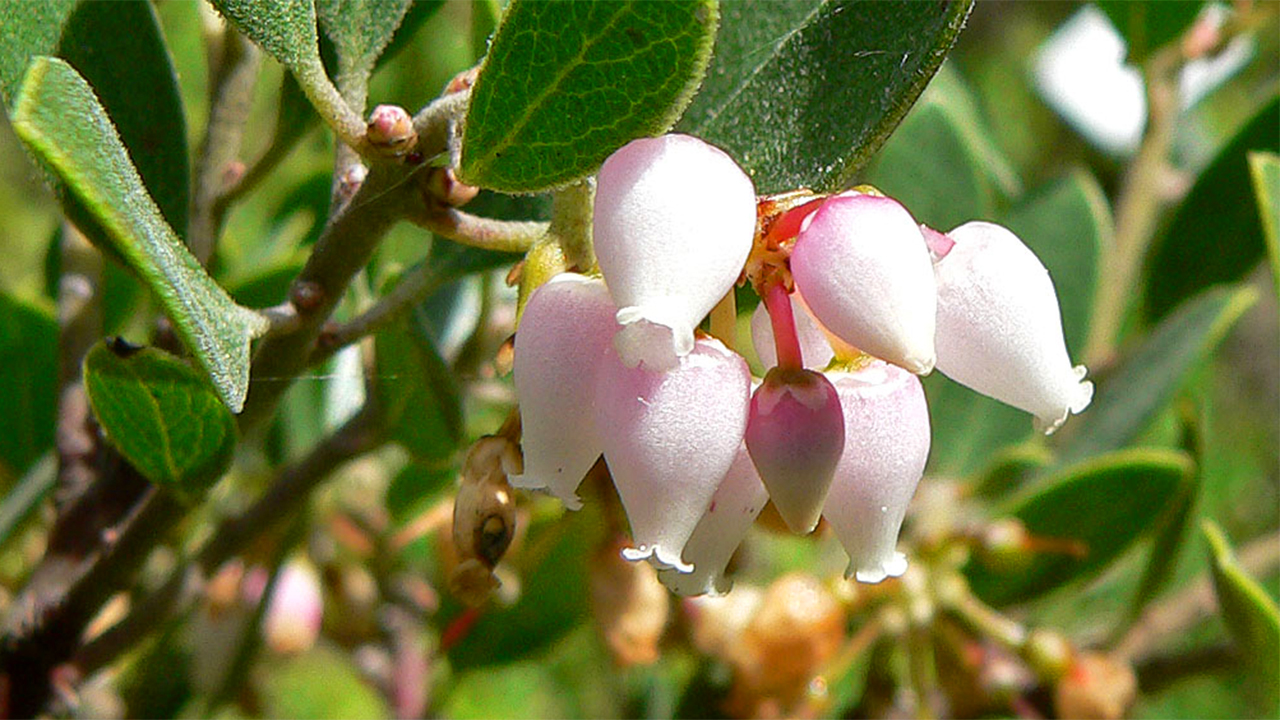The Franciscan Manzanita, Arctostaphylos franciscana, was originally discovered in the 1800s near San Francisco.
This shrub was a common sight until the rapid urban development and expansion of the city led to its presumed extinction in the wild by the 1940s.
The manzanita was known for its unique characteristics, distinct from other manzanita species, and its ability to thrive in the specific environmental conditions of the San Francisco Bay area.
In a twist of fate, in 2009, the last known wild specimen of the Franciscan Manzanita was rediscovered during a highway project.
This chance finding occurred when a botanist noticed the plant in an area that was temporarily spared from construction due to a parked law enforcement vehicle.
The discovery sparked a significant conservation effort, highlighting the importance of preserving natural habitats and the species that inhabit them.
The lone Franciscan Manzanita represents not only a critical piece of the region’s botanical heritage but also serves as a symbol of hope for conservationists.
The ongoing efforts to protect and possibly propagate this species underscore the challenges and opportunities in conserving biodiversity in urban environments.
California Works to Rescue Franciscan Manzanita Plant from Extinction

About The Author
John Bagnasco has been in the gardening industry for over 50 years, starting with a horticulture degree from Michigan State University and following a stint at Frank’s Nursery and Crafts in Detroit.
After publishing his first book “Plants for the Home Vol. I” in 1976, he moved to California to become regional manager and buyer for the Nurseryland division of Sunbelt Nursery Group.
He then became the head buyer for Armstrong Garden Centers based in Glendora, California. John had a part-time affiliation with Creative Promotions for ten years before joining them full-time in October 2000 as a senior editor and radio personality for Garden Compass.
John has also taught horticulture classes at Palomar College and San Diego State University.
He is the host of the DVD “The Essential Guide to Roses,” which also features Bryan Main and Bruce and Sharon Asakawa.
His most recent book is “Planting Designs for Cacti and Succulents”.
Currently, John is a co-host on “Garden America,” an interactive live gardening show that additionally provides podcasts of the broadcasts accessible on all major platforms.
You can contact John here.

